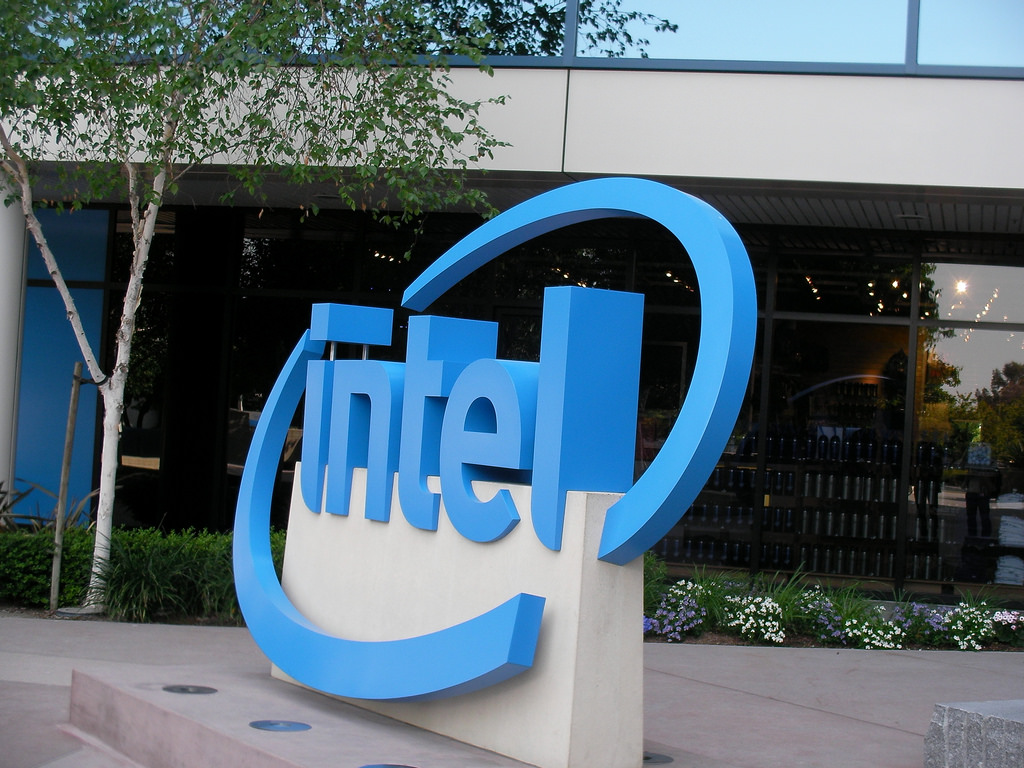 NEWS
NEWS
 NEWS
NEWS
 NEWS
NEWS
Intel has finally accepted defeat in the mobile chip world after repeatedly losing out to ARM-based SoCs made by the likes of Qualcomm Inc.
The chip maker, which last week announced its laying off 12,000 of its staff amid a major reorganization that will see it focus its efforts on the cloud, data centers and the Internet of Things (IoT), has shut down the development of its planned Broxton Atom and SoFIA chips for mobile devices. Both had been delayed anyway, with their scheduled release put back until this week.
Intel lost out in mobile because it was late getting into the systems-on-a-chip (SoCs) market. More recently, there have been reports that one of the few companies that does use Intel’s mobile chips, ASUSTeK Computer Inc., is turning its attention to SoCs as well.
News of Intel’s exit from the mobile market came from Moor Insights and Strategy analyst Patrick Moorhead, who related in a Forbes article how Intel officials had told him the company was canning its SoFIA (SoCs with integrated 3G and 4G) and Broxton projects. Intel’s idea is to free up more resources to pursue its efforts in 5G and modems, Moorhead said.
“Intel has been showing some serious commitments to 5G deployment and penetration in the future, and they clearly believe that 5G is their opportunity to carve out a competitive advantage for themselves end to end in the future of mobility and in connecting the growing number of smart and connected ‘things’ to the cloud,” he wrote. “From my vantage point, Intel has a better chance in 5G than they do in low-end 4G mobile devices.”
After meeting with Intel’s Chief Financial Officer Stacy Smith, Wells Fargo analyst David Wong said in a note to clients that he expected a major reorganization of the company’s smartphone and tablet efforts. He said that the biggest impact of the cost cutting and priority shift would be felt in Intel’s Client Computing Group (CCG), which covers both PCs anVenkata “Murthy” Renduchintalad mobile devices.
“Within CCG, Intel plans on scaling back its investment in tablet and smartphone SoCs [system-on-a-chip]—we assume this refers to a reduction in investment in the SoFIA product line,” Wong wrote in Barron’s Blog.
Intel has struggled for years to catch up with Qualcomm, the leader in 4G, having been slow to respond to the rise of smartphones and mobile devices. The company spent billions in a bid to get its mobile chips into today’s smartphones, but its efforts have largely been ignored with the mobile industry more or less standardizing on ARM architecture.
Just last week Intel CEO Brian Krzanich penned a blog post outlining his strategy for the company going forward, which would be focused on cloud, IoT, memory and programmable chip technologies, 5G, and the continuance of “Moore’s Law”. Key to all of these is “connectivity”, Krzanich said.
“The fact [is] that providing computing power to a device and connecting it to the cloud makes it more valuable,” the CEO wrote, pointing to autonomous cars as examples. “Connectivity is fundamental to every one of the cloud-to-thing segments we will drive. As the world moves to 5G, Intel will lead because of our technological strength to deliver end-to-end 5G systems, from modems to base stations to all the various forms of connectivity that exist today and will exist tomorrow.”
These moves follow some big changes in Intel’s executive leadership. Last November, Intel hired former Qualcomm man Venkata “Murthy” Renduchintala as the new president of its Client and IoT Businesses and Systems Architecture Group. His arrival was followed by the news that two veteran execs – Doug Davis, senior vice president and general manager of the IoT Group, and Kirk Skaugen, senior vice president and general manager of the CCG—were leaving the company.
THANK YOU